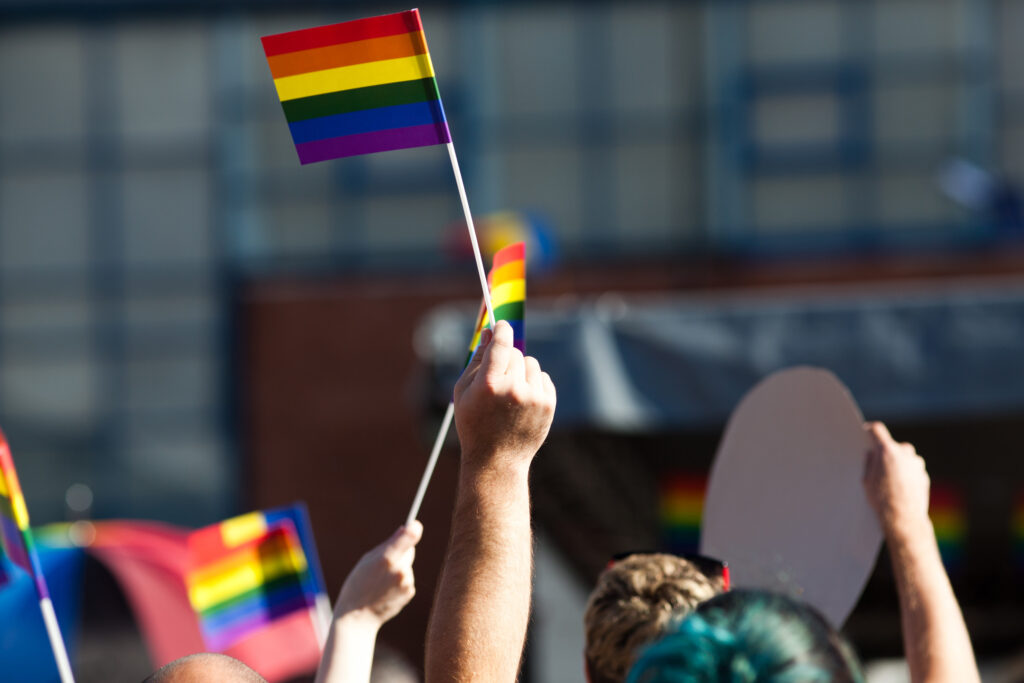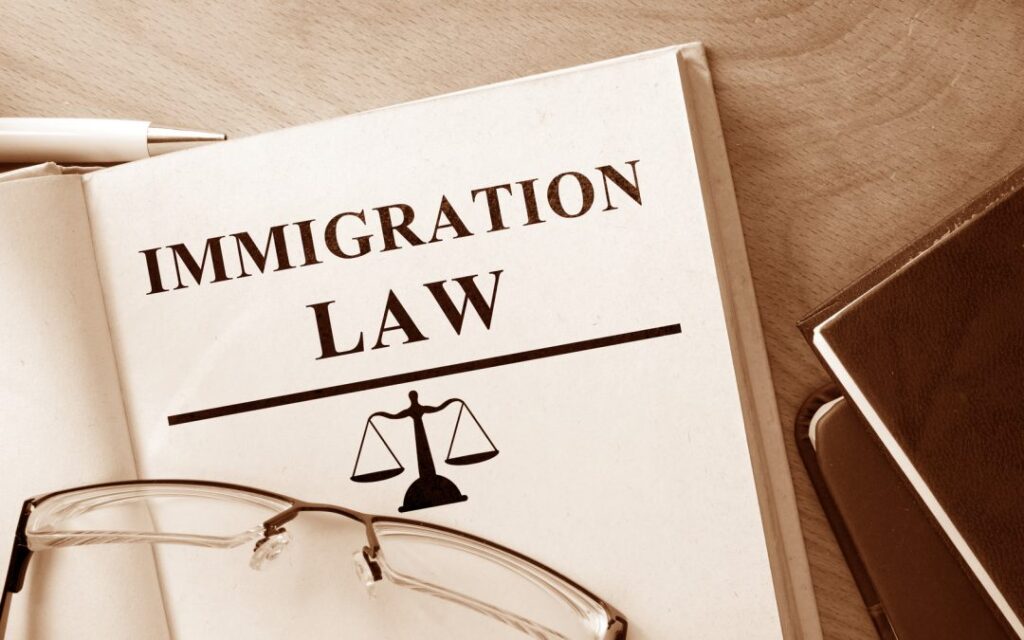Seeking Safety as a Gay, Lesbian, or Bisexual Asylum Seeker? Your Story Is Your Power.
If you identify as gay, lesbian, bisexual, transgender, or queer — and you’ve faced abuse, threats, or violence because of who you are — you may qualify for asylum in the United States. But to win your case, you need to do more than say you’re LGBTQ. You need to tell your story in a way that shows what you’ve lived through, why you’re afraid, and what you hope for.
At Solovyova Law Firm, we’ve worked with dozens of gay and lesbian immigrants who fled violence or rejection from countries where it’s dangerous to live openly. We’re here to help you turn your truth into a clear, honest, and persuasive declaration or affidavit
What Is a Declaration or Affidavit in an LGBTQ+ Asylum Case?
The declaration (or affidavit) is a personal written statement — in your own words — about why you left your country and why you need protection. It’s not about sounding legal or perfect. It’s about being real and helping the U.S. government understand why going home would put you at risk because you’re gay, lesbian, bisexual, trans, or queer.
How to Write a Strong LGBTQ+ Asylum Declaration
You don’t need to be a great writer. What matters is that your story comes from the heart and includes the right details.
- Who Are You?
Start by sharing:
- Your full name, age, and country of origin
- Your sexual orientation or gender identity (e.g., “I am a gay man from Russia” or “I am a bisexual woman from Nigeria”)
- A simple statement: “I am afraid to return to my country because of my sexual orientation.”
- What Was Life Like Growing Up?
This helps paint the background:
- Were you raised in a religious, conservative, or an environment hostile to LGBT?
- When did you realize you were gay, lesbian, or bisexual?
- Did you hide it? Did people suspect? What happened?
- What Happened to You Because of Your Identity?
This is the heart of your asylum case. Be specific:
- How were you treated by family members, by classmates, teachers, neighbors?
- Were you insulted, beaten, or sexually abused because you’re gay or bisexual or transgender?
- Did the police arrest you or ignore your complaints? Or perhaps you were afraid to go to the police or complain to anyone?
- Were you forced into a heterosexual marriage?
- Were you kicked out by your family for being lesbian?
Use real examples. Include names, places, and dates when you can.
- Why Couldn’t You Stay or Get Help?
Many LGBTQ people can’t ask for help in their home countries. Tell the truth:
- Did you try to report abuse? What happened?
- Did you avoid police because they harass or punish people like you?
- Did you feel like there was no one to turn to?
- Why Did You Leave? Why Now?
Was there a breaking point — an attack, threat, or outing — that made you flee?
- What was the final push?
- Did you hear about another gay friend being killed or arrested?
- Were you blackmailed or threatened?
This part explains the urgency and danger.
- Why Can’t You Go Back?
Talk about the risks you still face:
- Are LGBTQ people still being jailed, beaten, or killed in your country?
- Would your abuser find you again?
- Would the police protect you — or target you?
If your country has laws criminalizing same-sex relationships or lacks real protections for gay, lesbian, or bisexual people, this strengthens your case.
- Life in the U.S. So Far
- Have you come out since arriving?
- Are you part of an LGBTQ community or support group?
- Are you in therapy or dealing with trauma?
- Are you dating someone or living openly for the first time?
This helps show your identity is genuine and central to your life here.
- If You Applied Late, Say Why
You’re supposed to apply within one year of arriving, but there are exceptions. If you waited, explain:
- You were afraid to come out or talk about your past
- You didn’t know you could apply
- You were dealing with mental health issues or living in survival mode
- End With Your Hope
Finish your declaration with a simple, heartfelt request:
“I want to live freely and safely as a gay man in the United States, without fear of being attacked or punished for who I am.”
Tips for Writing an Effective Asylum Declaration
- Be honest. Don’t exaggerate or copy someone else’s story.
- Use simple words. You’re telling your truth — not writing for lawyers.
- Include real details. Even hard ones. They matter.
- Organize your paragraphs. Numbering them helps the officer follow your story.
- Get support. Your immigration lawyer can help revise your statement and prepare it for court.
Common Mistakes to Avoid
- Don’t just say “I’m gay” without sharing what you’ve been through.
- Don’t focus only on poverty or general crime — asylum is about personal risk.
- Don’t leave out key parts of your story because they’re embarrassing — this is your chance to be seen.
Solovyova Law Firm: Helping LGBTQ+ Immigrants Tell Their Story with Strength
We understand how difficult it is to share the parts of your life that caused the most pain. At Solovyova Law Firm, we’ve helped gay, lesbian, bisexual, and transgender immigrants from all over the world get protection in the United States.
We’re here to help you tell your story with honesty, dignity, and legal strength.
Ready to start your asylum case? – Contact us or schedule a confidential consultation with Solovyova Law Firm today.




